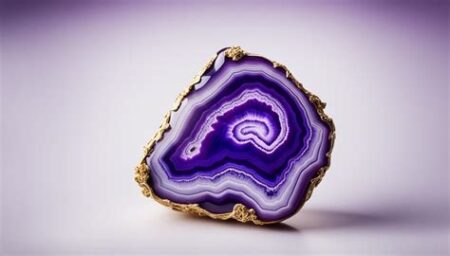Hematite, an iron oxide mineral renowned for its reddish-brown color and metallic luster, is a versatile material with a wide range of industrial, artistic, and therapeutic applications. Its natural form, hematite raw, offers unique properties that make it an invaluable resource in numerous fields.

Hematite Raw: Properties and Characteristics
Hematite raw is a crystalline mineral that forms in various geological environments. Its chemical composition, Fe2O3, gives it a high iron content. The mineral exhibits:
- Metallic Luster: Hematite’s polished surfaces display a distinctive metallic sheen.
- Hardness: With a Mohs hardness of 5.5-6.5, hematite is relatively hard and durable.
- Reddish-Brown Color: Hematite’s color ranges from bright red to dark brown, depending on its impurities.
- Magnetic Properties: Hematite is slightly magnetic, making it responsive to magnetic fields.
Industrial Applications of Hematite Raw
The industrial uses of hematite raw stem from its high iron content. It is primarily employed as:
- Iron Ore: Hematite is the primary source of iron, used in steelmaking.
- Pigment: Red iron oxide, derived from hematite, is a common pigment in paints, ceramics, and cosmetics.
- Construction Materials: Hematite is used in road construction and as a component in cement and concrete.
Artistic and Decorative Uses of Hematite Raw
Hematite’s aesthetic qualities make it a valuable material for artistic purposes:
- Jewelry: Hematite beads, pendants, and carvings are prized for their metallic luster and earthy hues.
- Sculpture: Hematite sculptures showcase the mineral’s hardness and ability to be shaped.
- Ornaments: Polished hematite specimens serve as decorative accents in homes and offices.
Therapeutic and Metaphysical Uses of Hematite Raw
Hematite is also attributed with therapeutic and metaphysical properties:
- Grounding and Stability: Believers claim that hematite aids in grounding and promoting stability in emotions and energy.
- Anxiety Relief: Some believe that holding or wearing hematite can alleviate anxiety and stress.
- Physical Healing: Hematite is said to support blood circulation and blood purification.
New Applications and Developments
Emerging technologies and research are exploring new applications for hematite raw. These include:
- Medical Imaging: Hematite nanoparticles show promise as contrast agents in medical imaging.
- Energy Storage: Hematite’s magnetic properties are being investigated for energy storage applications.
- Nanotechnology: Hematite nanostructures are being explored for use in electronics and photonics.
Common Mistakes to Avoid
When working with hematite raw, it is essential to avoid the following mistakes:
- Mistaking Hematite for Other Red Minerals: Hematite can be confused with other red minerals, such as jasper or cinnabar. Careful identification is crucial.
- Using Impure Hematite: Hematite with impurities may not possess the desired properties or may not be suitable for certain applications.
- Improper Storage: Hematite should be stored in a cool, dry place to prevent oxidation.
- Overexposure to Humidity: Prolonged exposure to humidity can cause hematite to rust.
Conclusion
Hematite raw is a versatile and multifaceted material that finds applications in diverse industries. Its industrial, artistic, and therapeutic properties, combined with ongoing research and innovations, continue to expand the horizons of its utilization. By understanding its unique characteristics and avoiding common mistakes, individuals and industries can harness the full potential of this remarkable mineral.




























